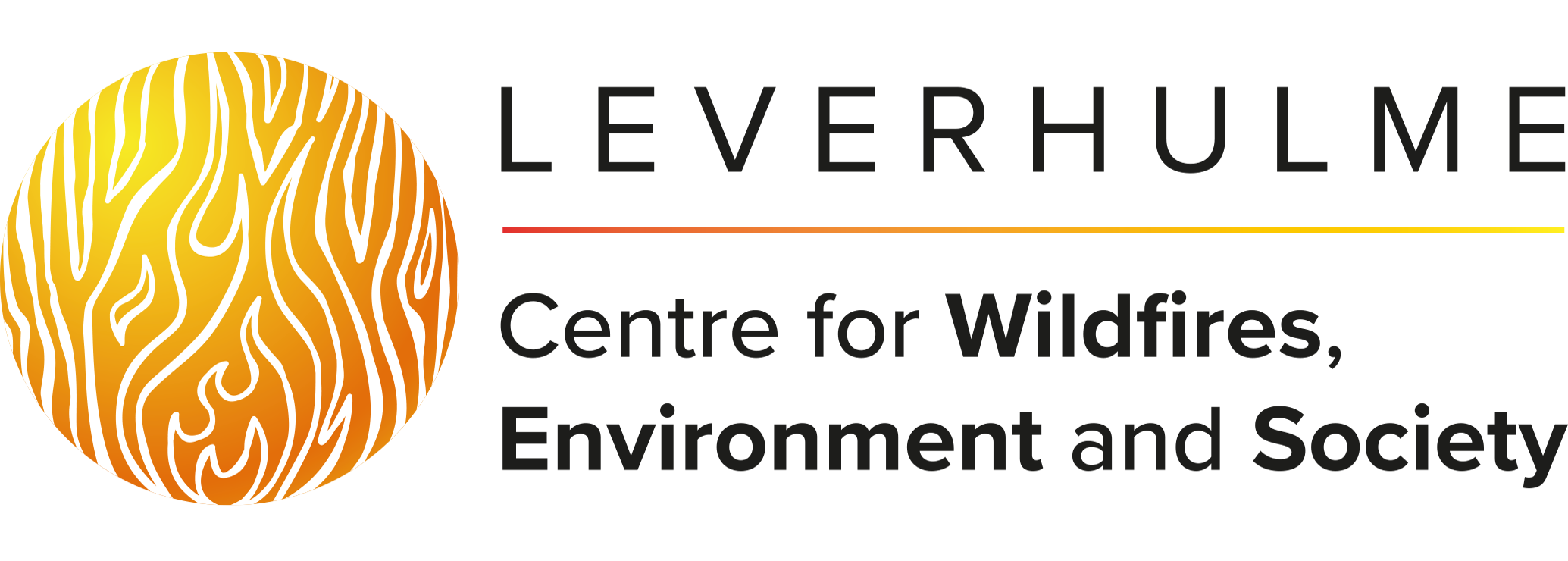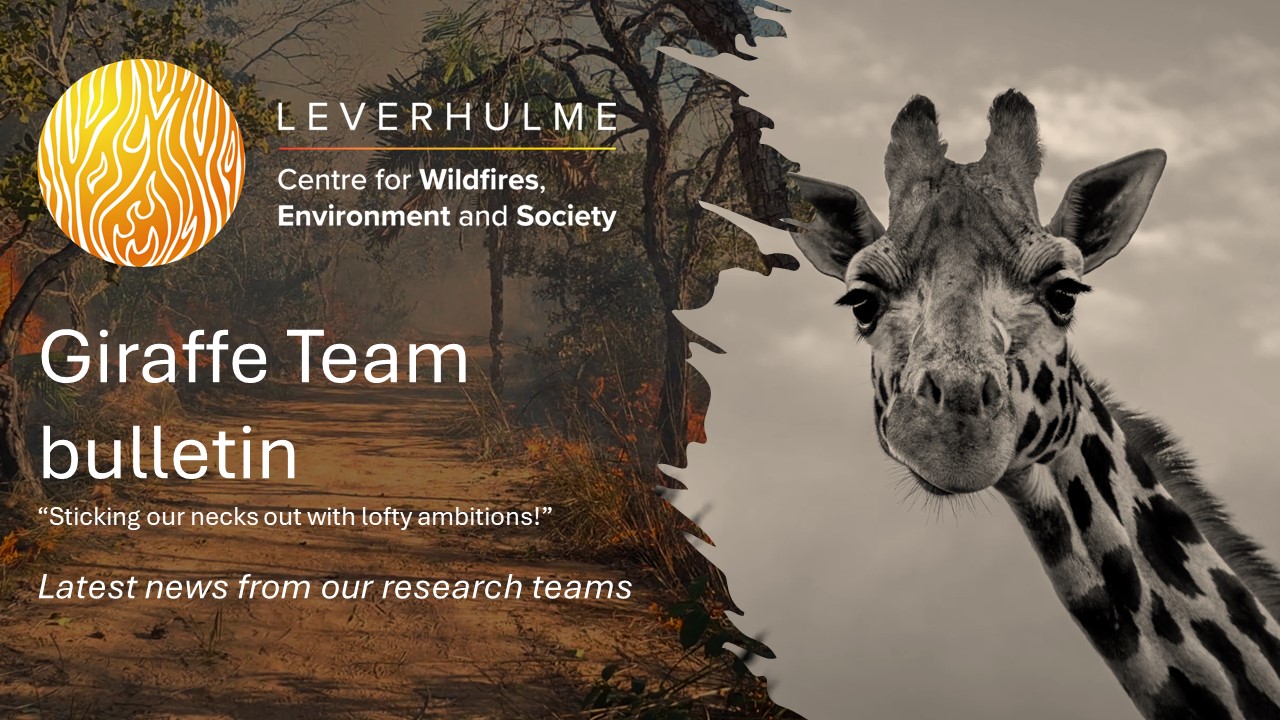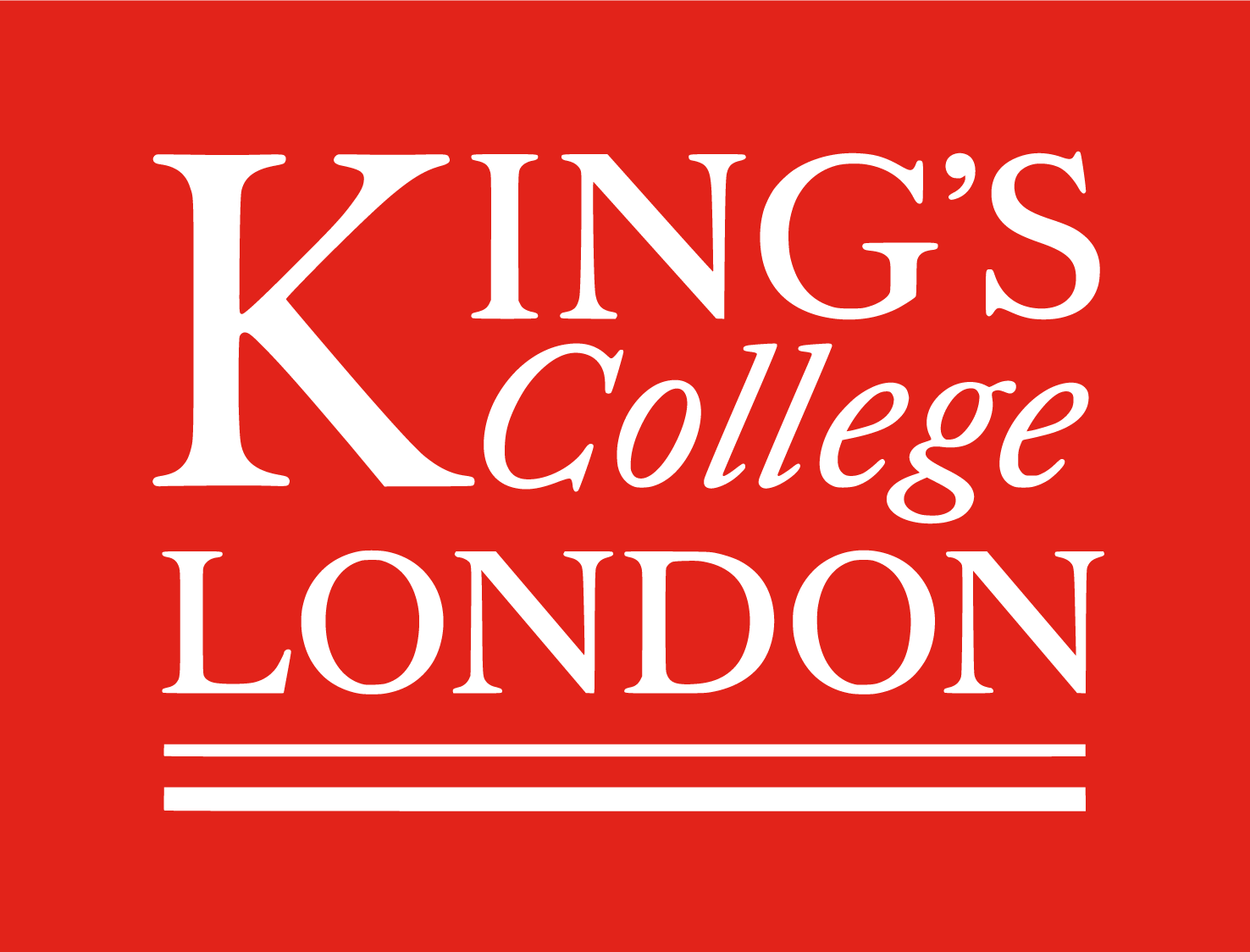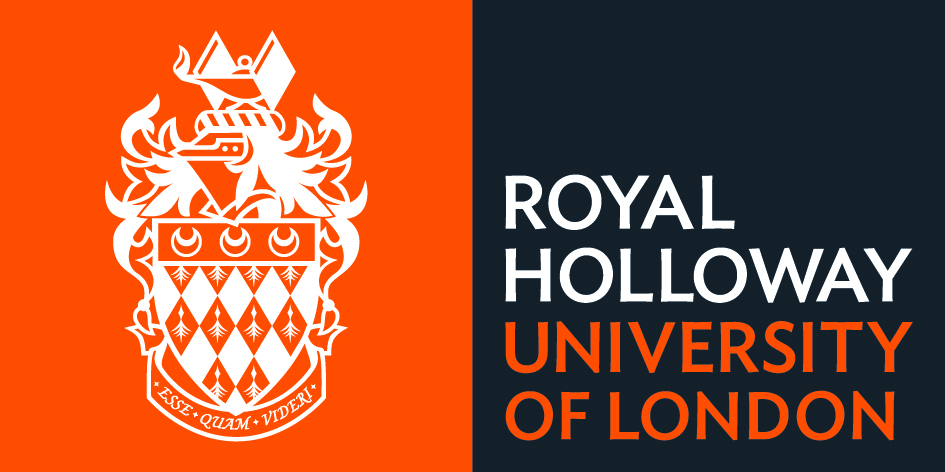Welcome to the second Giraffe Team Bulletin!
Approximately every two months, we share a Giraffe Team bulletin, providing you with an update on the latest from each of our six teams. We hope you enjoy the bulletins and that it helps you keep abreast of our research. Please do get in touch if you want to find out more about anything in the bulletin (either wildfire@imperial.ac.uk or contact the researchers involved).
You can find out more about each one of the “Giraffe Teams”, including their overall aims and objectives, and specific projects, here.
Just Fire Giraffe Team
The Just Fire team have started a collaboration with the EU-funded FIREPOL project led by Dr Lorenza Fontana at Turin University. FIREPOL will be creating a data archive of all fire-related policies in 78 countries of the Global South, including about 4 deep-dives in each of Africa, Asia and South America. We hope to complement these with similar data collected from countries in which we work in the Global North plus providing insights into relevant global-level policies.
Some members of Just Fire – Cathy Smith, Will Hayes, Adriana Ford and Matt Kasoar – were at the UK Wildfire Conference in Aberdeen in November 2024. Cathy gave one of the plenary talks on crofting and muirburn, as shown in this post on LinkedIn.
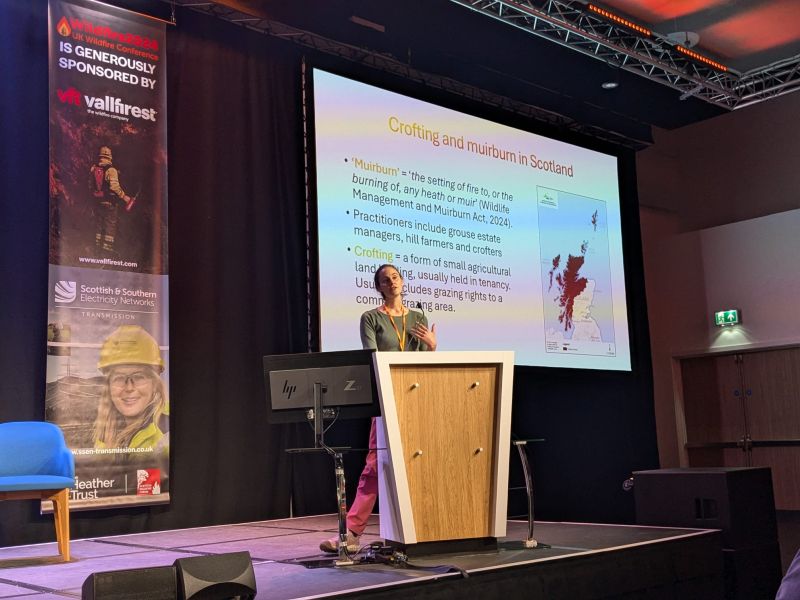
Photo: Dr Cathy Smith presenting at the UK Wildfires Conference in Aberdeen
We have been discussing the ways in which the Centre has used art-based approaches and the need to assess their impact in more detail. A recent example is a workshop on equitable fire management organised by PhD student Rahina Sidiki Alare in Ghana, in collaboration with Godwin Dzekoto from A Rocha Ghana and with support from Adriana Ford and Kate Schreckenberg, in which a local artist was engaged to work with different stakeholder groups to portray different perspectives on fire, culminating in an image to be displayed on a local billboard in 2025.
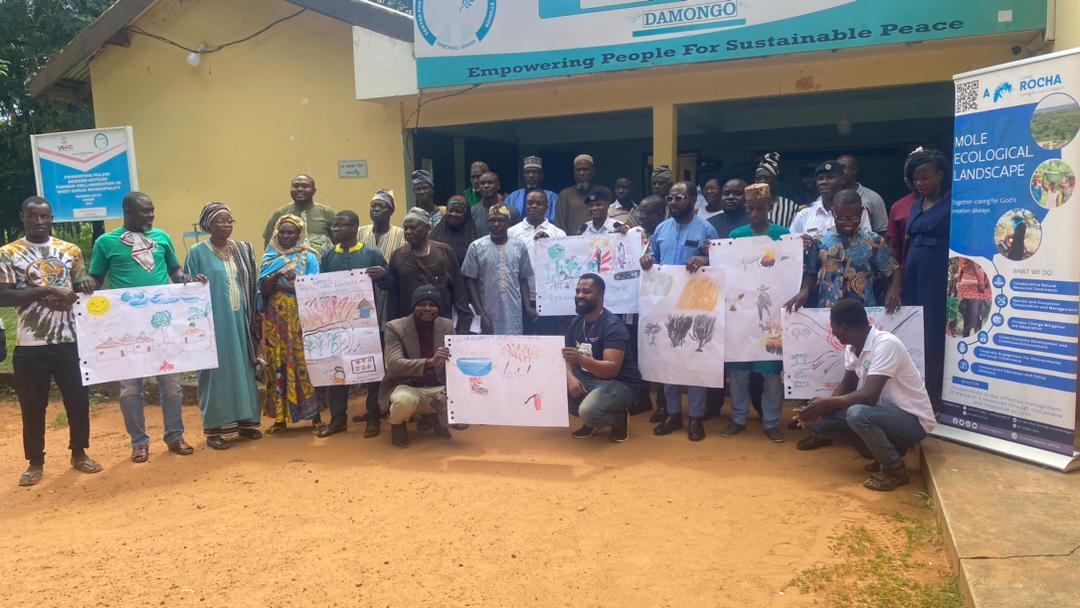
Photo: participants with rich picture drawings from a stakeholder workshop in Ghana, funded by KCL AHRC IAA
Creativity was also on the agenda for James Millington, Ol Perkins and Viera Ukropcova who attended the Global Land Programme’s fifth Open Science Meeting where James presented the serious game ABM for fire resilience (now published here) developed with previous visiting PhD student Ingrid Vigna. Ol presented on the work coupling WHAM to JULES-INFERNO (a related manuscript for which is currently in review at Earth’s Future) and Viera presented her agent-based modelling work on the impact of food trade on fire and deforestation.
Fire-Veg Giraffe Team
The Fire-Veg Giraffe team has been continuing work on a theory to describing vegetation-fire dynamics using the two key drivers of wildfires: vegetation productivity and atmospheric dryness. Using these two variables, we have been able to cluster the world into distinct regions, and we are researching whether or not distinct wildfire regimes can be described within each of these clusters. These efforts will help us develop the theory behind our fire-vegetation model, which is based on the seasonal cycles of both these variables. The team also welcomed new PhD student in October, Connor MacKenzie, who will be working on exploring the empirical drivers of fire duration, speed and numbers both spatially and temporally. Welcome Connor!
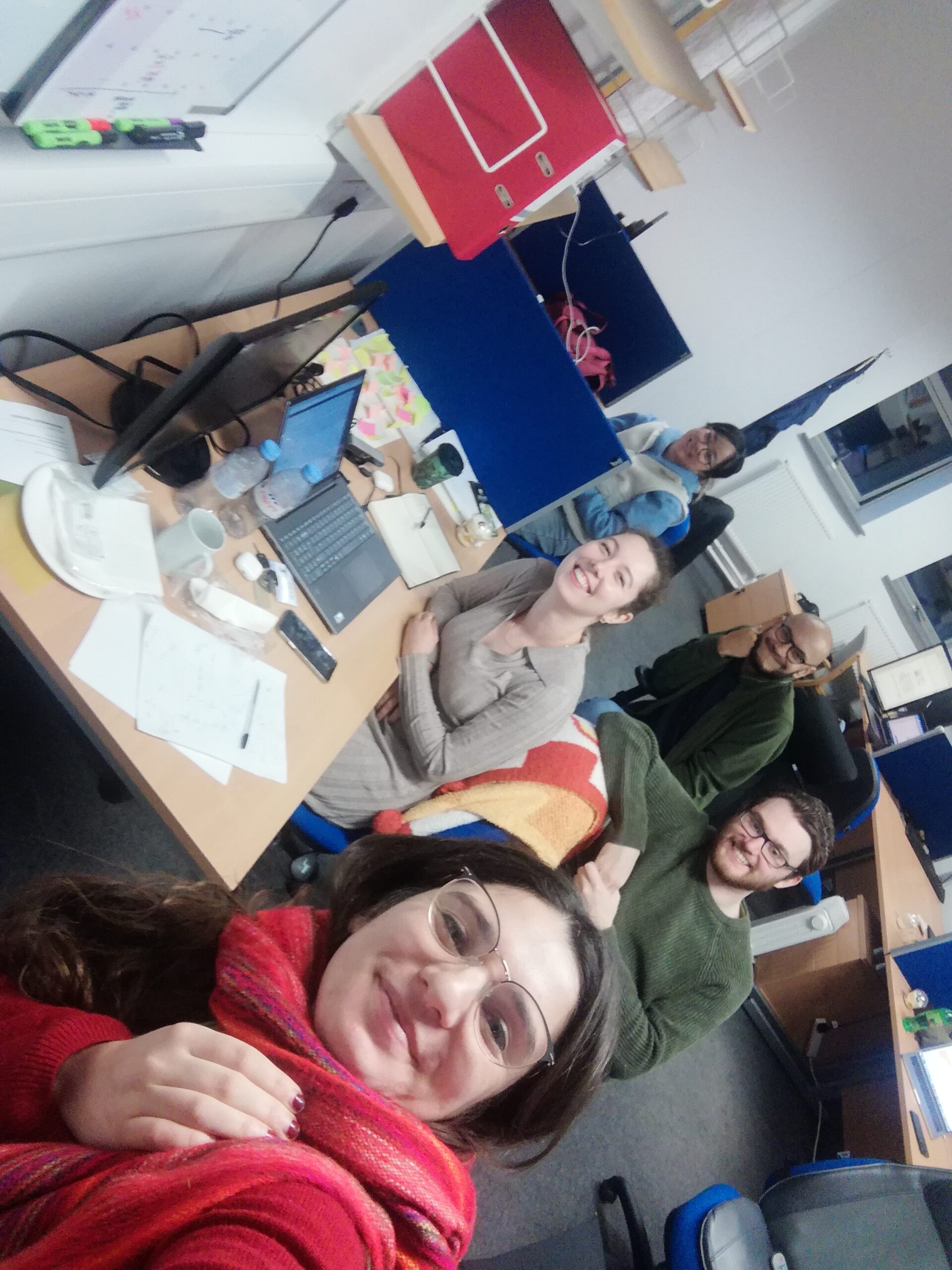
Climate Giraffe Team
The Fire-Atmosphere-Climate Team member Anastasios Rovithakis and Professor Apostolos Voulgarakis recently published a study in journal Atmospheric Science Letters of the Royal Meteorological Society. The study investigates the impacts of wildfire-generated aerosols on the evolution of short-term weather conditions, focusing on the case of Greece and the summer season of 2021, a period of heatwaves and consequent severe wildfire events across the country. For this, the Weather Research and Forecasting model coupled with Chemistry (WRF-Chem) was used, along with satellite observations of aerosol abundances.
The research findings indicate that the radiative impacts of wildfires negatively influence local temperatures over the fire smoke plume-affected areas. In contrast, neighboring areas of continental Greece experience substantial increases in temperature due to remote effects of wildfire emissions, which are driven by meteorological feedbacks that reduce atmospheric humidity and cloudiness. The study demonstrates that weather conditions can be significantly influenced by wildfire-generated aerosols, and underlines the importance of including both local radiative effects and remote feedbacks for achieving more accurate weather predictions.
In addition to the scientific findings, this work is also a milestone in terms of the tools used in the Climate Team, as it is the first publication resulting from model experiments conducted using a high-resolution regional air pollution/weather model. Our work up to recently has been focusing almost exclusively on larger scale problems with the use of global models. Establishing a regional modelling capability for our Team on our own servers opens new opportunities for studying topics related to wildfires, air pollution, and weather for any specific part of the world, at a high spatial resolution.
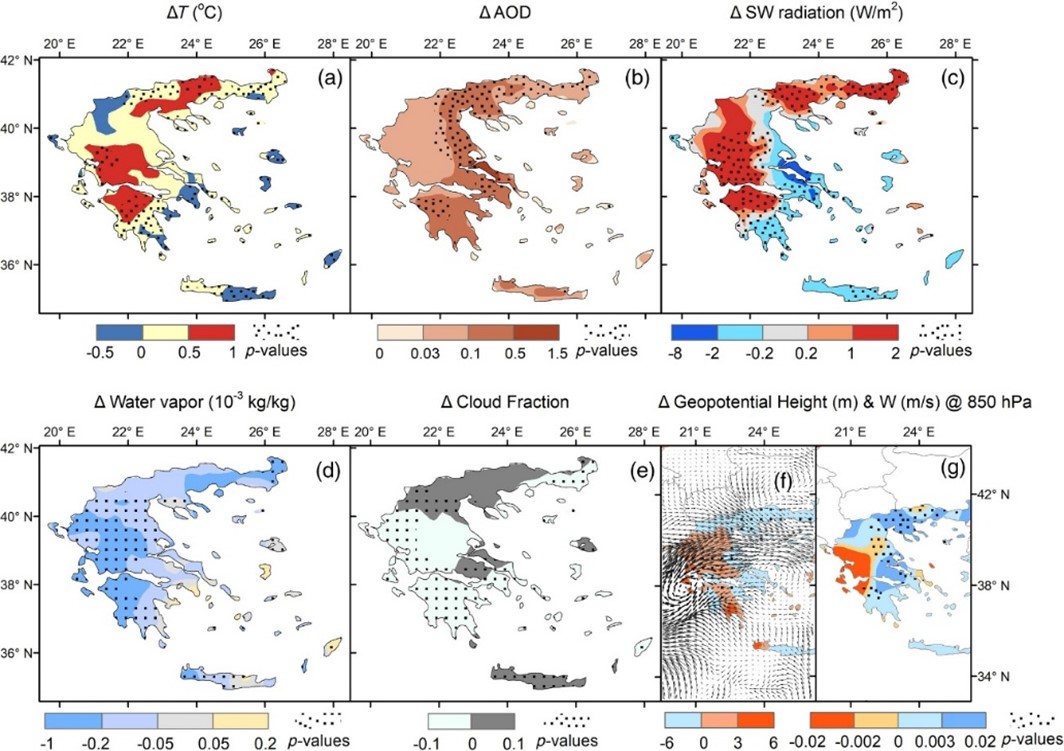
Figure: Ensemble mean differences in temperature, aerosol abundances, and associated meteorological variables between the WRF-Chem simulations with and without fire emissions: Panel (a): Surface temperature difference at 14:00 (°C). Panel (b): AOD difference at 14:00. Panel (c): Net downward shortwave radiation difference at the surface (W/m2). Panel (d): Surface water vapour difference (kg/kg). Panel (e): Total cloud fraction difference expressed as areas with less cloud coverage during fire simulations (−0.1 to 0) and higher cloud coverage (0–0.1). Panel (f): Difference in geopotential height and in the wind vector at 850 hPa. Panel (g): Vertical wind speed changes at 850 hPa. Blue areas experience rising air and red areas sinking air.
Air Quality Giraffe Team
Since the previous update, an initial collaboration visit has taken place with researchers from the National Taiwan University. The group within the Department of Environmental Engineering specialise in chemical characterisation of particulate matter, and are able to analyse filter samples collected by our group to help fingerprint fire derived PM, and in the case of samples from urban areas, help to apportion the PM sources. Small Purple Air PM sensors have also been set up alongside state-of-the-art air quality monitoring stations in the south of Taiwan, and in Taipei.
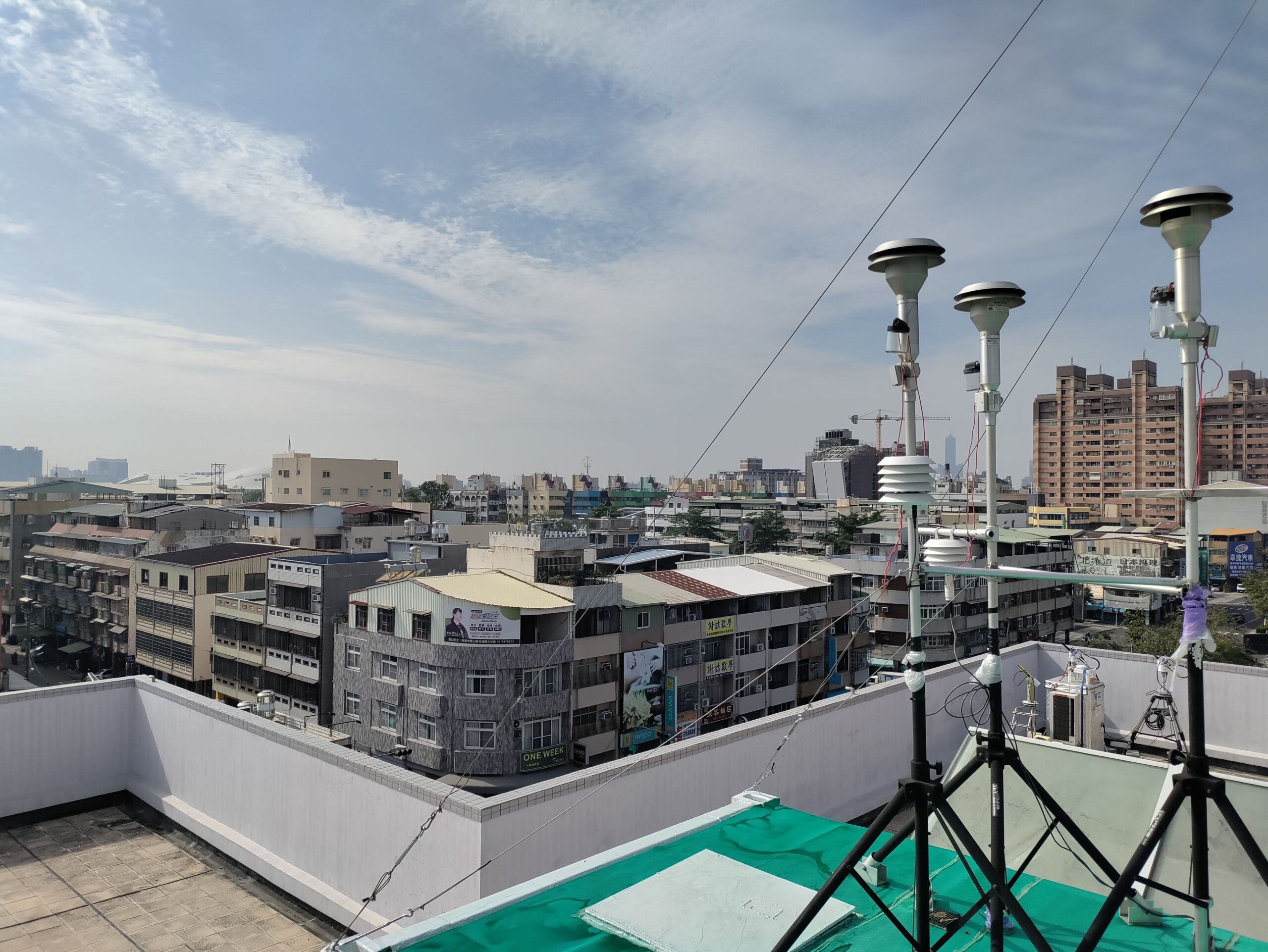
Photo: Small Purple Air PM sensors set up alongside state-of-the-art air quality monitoring stations in the south of Taiwan and in Taipei.
The team at King’s have also been successful in gaining funding from the British Council for a 20 month collaborative project with Thailand and Laos. The project will see an initial focus on improving robustness of the existing PM sensor network across the countries, and then will also facilitate workshops between land managers and other key stakeholders in the use of fire and its air quality impacts.
Fire Info Giraffe Team
The Meteosat Third Generation (MTG) satellite is now fully operational which is good news for the Fire Info team, and Weidong Xu is currently working on writing a paper describing how the thermal sensor on this spacecraft is capable of unprecedented temporal sampling of fire activity every ten minutes over Africa and southern Europe. At a recent Eumetsat meeting, researchers showed that detections from MTG where contemporary to detections from ground-located thermal imaging systems, suggesting that MTG will greatly enhance our ability for early detection and warning.
Farrer Owsley-Brown has also published a paper on the use of very high spectral resolution optical spectrometers to identify the phase of combustion by detection potassium line emission, only present in flaming combustion.
WIR3 Giraffe Team
WIR3 are happy to share that Pınar Çobanyılmaz is set to join Boston University with David Demeritt on a Fulbright grant, to work on a project about ‘Post-Disaster Recovery Management in Turkish Forest Villages: Resilient Settlements in the Wildfires Era’. She should also be able to contribute to the Turkish leg of the FIRECULT project on which Ioannis Kountouris is the PI and for which the first international project partner meeting was held in early December 2024. Angel Goldsmith and David Demeritt also presented ‘A burning concern: Climate displacement and wildfire disaster risk in Cape Town’, to a workshop held in Boston by the Global Research Network on Climate-induced displacement, which has funded Angel Goldsmith’s travel and participation via a grant from the Canadian Government.
Jan 2025 (following Dec 2024 meeting)
Thank you to all the Giraffe Team leads for providing the updates.
